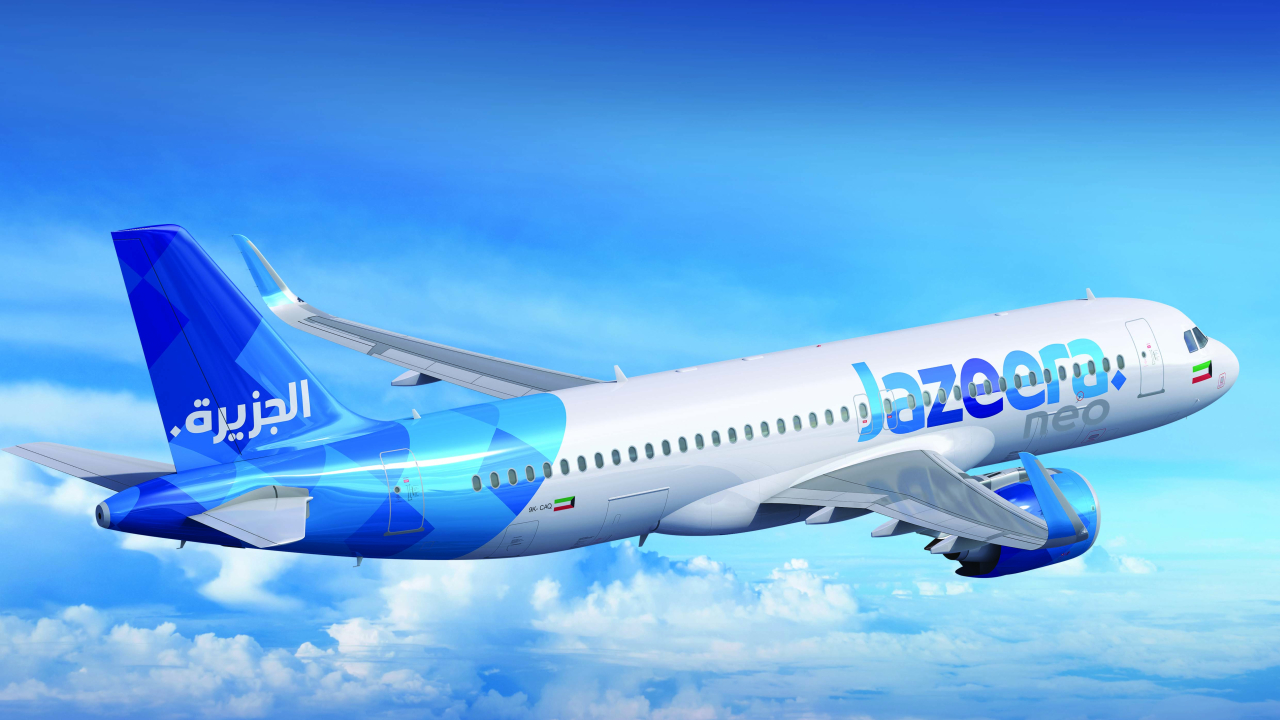Etihad sees revenue growth as it heads towards 2011 breakeven plan

The airline said that the result marked continued progress towards its goal of break-even in 2011 and profitability in 2012.
Passenger numbers topped seven million for the first time, up 13.1 per cent to 7.099 million, while seat factors increased by 0.5 percentage points, to 74.0 per cent.
Revenue passenger kilometres (RPKs) rose 20.1 per cent from 27.8 billion to 33.4 billion.
The airline confirmed that, as previously forecast, it had reported a positive EBITDAR (earnings before interest, taxation, depreciation, amortisation and rentals) for the full year, the first time it had achieved this since it was formed in 2003.
James Hogan, Etihad Airways’ chief executive said: “This is a result to celebrate. In a year in which we dealt with the continuing effects of global recession, erupting volcanoes, riots in Thailand, and severe weather across Europe at one of our busiest times of year, we were still able to deliver an impressive performance.
“We continued to invest in routes and infrastructure, adding seven new destinations during the year, as well as welcoming more than 800 new employees to the Etihad family. Yet despite this, we brought our costs down whilst increasing passenger numbers and yield.”
The airline’s cargo division performed particularly strongly in 2010, with revenues up 57.4 per cent over 2009. This was bolstered by the airline’s developing route network as well as investment in dedicated freighters. Etihad took delivery of two Airbus A330-200 freighters during the year, which joined its existing fleet of four cargo-only aircraft.
Hogan said the airline’s cost management program was an important element of its performance during the year. He said: “We began a cost reduction programme in 2010 to identify US$250 million of annualised cost savings. Thanks to the focus of our management team and operational staff, we have found more than US$320 million of savings, beating our own target and bringing even greater efficiency to the airline.”
Stay up to date
Subscribe to the free Times Aerospace newsletter and receive the latest content every week. We'll never share your email address.

